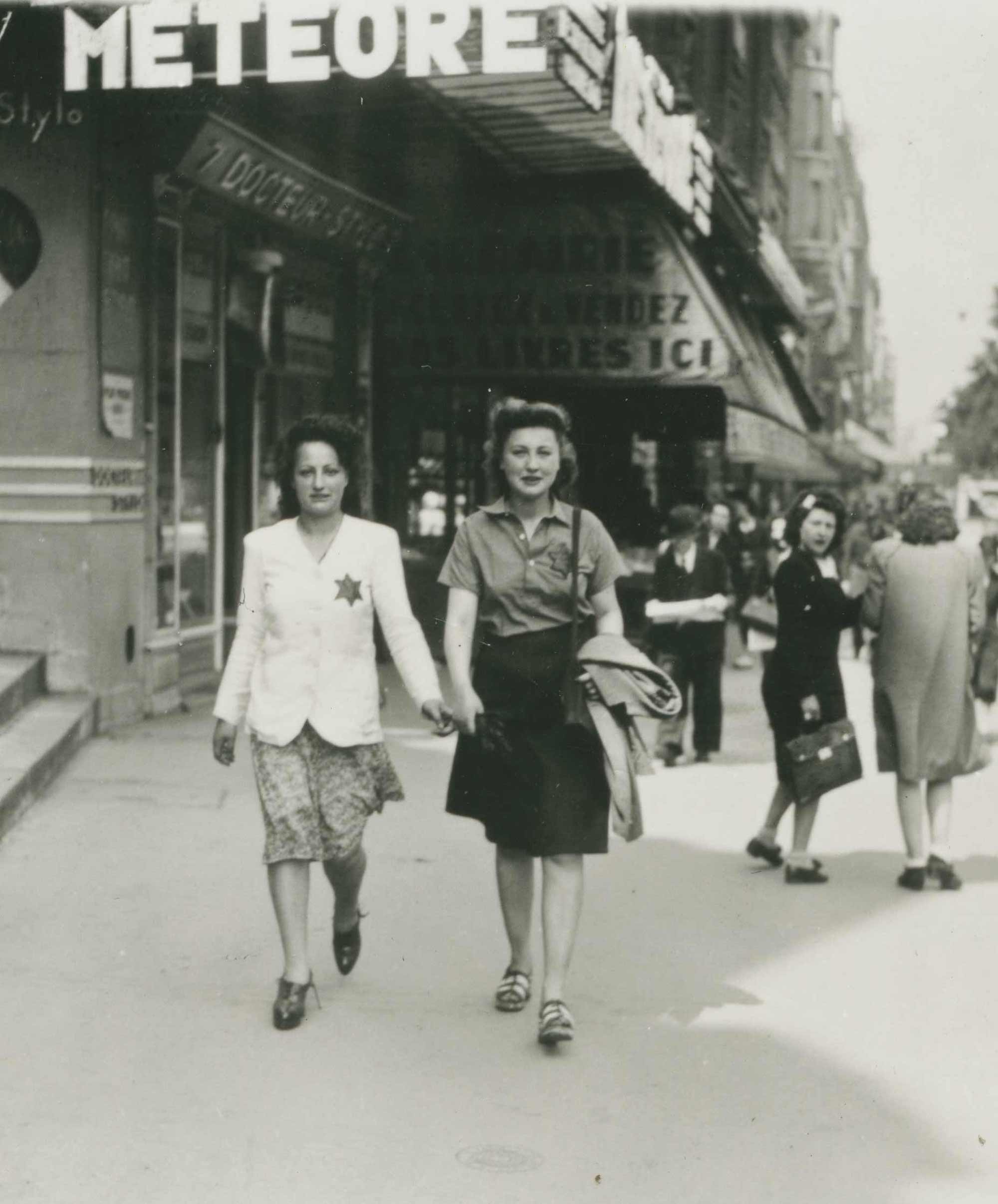Geographies of Persecution in Occupied Paris: Place and Space in Survivors’ Testimonies

March 12, 2020 at 12:00 PM Pacific Time
An online lecture by Maël Le Noc (PhD candidate in Geography, Texas State University)
2019-2020 Margee and Douglas Greenberg Research Fellow
Organized by the USC Shoah Foundation Center for Advanced Genocide Research
Cosponsored by the USC Francophone Research & Resource Center
In France, Holocaust perpetrators did not segregate Jews in ghettos before deportation, and thus the first stages of antisemitic persecution affected Jews in everyday urban space. Indeed, in the West, the early stages of the Holocaust took place in the victims’ most familiar places, both in public and private spaces, where they lived and worked every day, in their apartments, their streets, and in daily environments. In this talk, Maël Le Noc (PhD candidate, Texas State University, Geography) will draw from testimonies and archival material related to anti-Jewish persecution in two Parisian neighborhoods, the Arts-et-Métiers and the Enfants-Rouges quarters, to discuss the ways in which antisemitic persecution affected urban life and changed familiar urban spaces into spaces of exclusion and genocide. In particular, he will discuss how persecution affected the spatial practices, the spatial experiences, and the social relations of Parisian Jews.
Maël Le Noc is a PhD candidate in Geography at Texas State University. He earned his undergraduate degrees in History and Geography from the University of Rennes 2 in France. He received his MS in Geography from Texas State University, where he wrote his thesis on family arrests and separation during the Holocaust in Italy, a work for which he was awarded the Outstanding Master’s Thesis Awards in Digital Scholarship by the Conference of Southern Graduate Schools. Le Noc’s research focuses on spatial aspects of the Holocaust and the working title of his dissertation is “Towards a geography of persecution: The case of the Arts-et-Métiers and the Enfants-Rouges quarters of the third arrondissement of Paris, 1940-1946”. He cooperates with several transdisciplinary research group, including the Holocaust Geographies Collaborative.